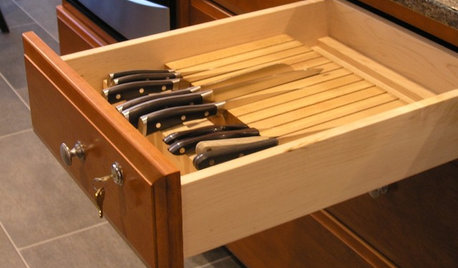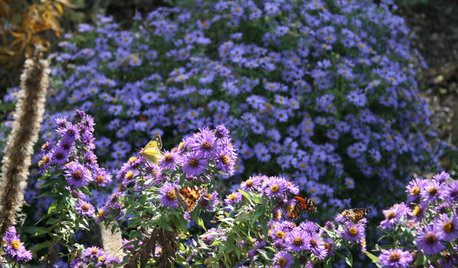SWD is gone from Wisconsin!
ericwi
10 years ago
Related Stories

MODERN HOMESHouzz Tour: Fieldstone Divides and Connects a Wisconsin Home
Modern architecture looks right at home on its site, thanks in part to a bold north-south wall of local stone
Full Story
HOUZZ TOURSHouzz Tour: Openness Meets Intimacy in Wisconsin
Courtyards, a terrace and thoughtfully placed windows connect a home to the outdoors in a dense Madison neighborhood
Full Story
COASTAL STYLEHouzz Tour: Cottage Style Goes Modern Rustic on Lake Wisconsin
Reclaimed wood contrasts bright white finishes for a fresh take on rustic in an inviting summer home
Full Story
REMODELING GUIDESFrom the Pros: 8 Reasons Kitchen Renovations Go Over Budget
We asked kitchen designers to tell us the most common budget-busters they see
Full Story
INSPIRING GARDENSWhat We Can Learn From Longwood Gardens’ New Meadow
Sustainability, ecology, native plant communities ... this public garden is brimming with lessons on horticulture for home gardeners
Full Story
MOST POPULAR15 Remodeling ‘Uh-Oh’ Moments to Learn From
The road to successful design is paved with disaster stories. What’s yours?
Full Story
CONTEMPORARY HOMESHouzz Tour: Stunning Curved Architecture Rises Among the Trees
You can see the love of nature and organic shapes at first glance. Look more closely at this Wisconsin home and you’ll also see amazing flow
Full Story
WORKING WITH PROSHow Long Is Your Contractor on the Hook?
Understand how a warranty protects homeowners from shoddy work — and builders from being liable for their work for forever and a day
Full Story
FLOWERS15 Native Flowers That Attract Butterflies
By picking plants from this list that are right for your location, you’ll get colorful blooms and support pretty pollinators
Full Story
ARTShow News: Rare Quilts Get Museum Time
See 6 intricate designs from a California exhibition and get tips for building your own quilt collection
Full StoryMore Discussions









windfall_rob
marknmt
Related Professionals
Edmond Landscape Architects & Landscape Designers · Summit Landscape Architects & Landscape Designers · Towson Landscape Architects & Landscape Designers · Cockeysville Landscape Contractors · Darien Landscape Contractors · Hawthorne Landscape Contractors · North Richland Hills Landscape Contractors · Palm Beach Gardens Landscape Contractors · South Lake Tahoe Landscape Contractors · Stony Brook Landscape Contractors · Suitland Landscape Contractors · Wallingford Landscape Contractors · Wareham Landscape Contractors · Wentzville Landscape Contractors · Lauderdale Lakes Landscape Contractorsdrew51 SE MI Z5b/6a
ericwiOriginal Author
windfall_rob
donnieappleseed
drew51 SE MI Z5b/6a